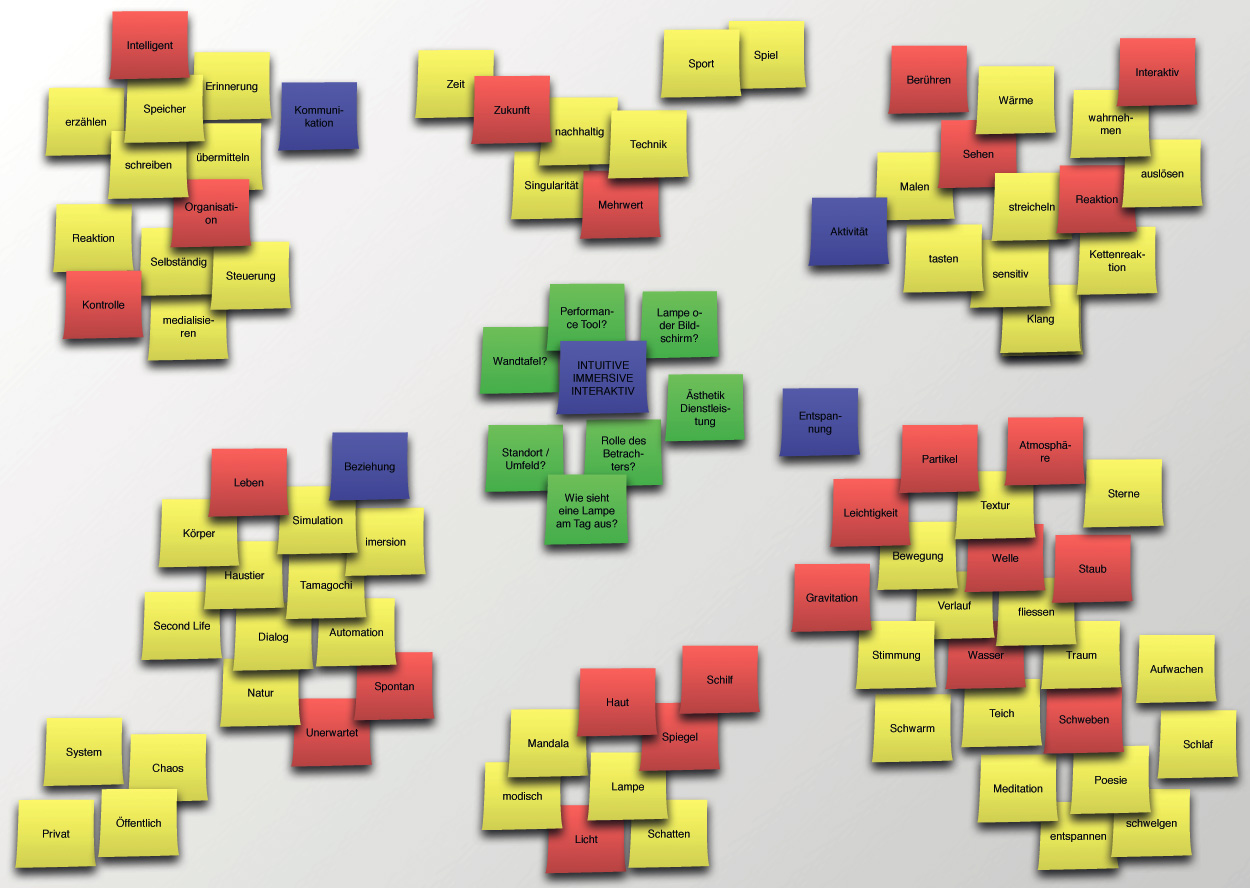This technique involves engaging a group of people in a structured activity that allows them to develop shared understanding and insight into a problem or solution. The activity is usually conducted in three steps: introduction, rules, and beginning; exploration via communication and iteration; and closeout, assessment, and ranking. Once the most promising idea or ideas are identified, the team can move forward based on that knowledge.
I bolded the idea of communication and iteration because that is the biggest idea and I revisit it over and over. Everything in my framework is based on this, as are many if not most of the techniques listed. The purpose is to get the largest possible volume of ideas generated by the greatest number of — and widest variety of — participants, each of whom bring potentially different expertise, needs, and insights. The more ideas generated, in an environment of enhanced and shared understanding, the better solutions will be developed. This kind of shared participation can also enhance buy-in from all parties.
It is often useful to have a neutral facilitator in charge of running the activity. This may mitigate against any individual or small group with an agenda to exert undue influence on the direction the activity follows or time the activity continues.
The BABOK describes three of the most common collaborative games, although many more are possible. Interestingly, the activities described in the BABOK tend to drive to solutions to specific problems, while many of those listed elsewhere (I love the Spaghetti Tower exercise from the second link, above) are geared more to team-building and are often used as icebreakers in workshops I’ve attended.
- Product Box: The team creates text and graphics for a notional package that the product would be delivered in. This gets the group to think about what is most important to communicate in terms of features and, ideally, benefits. The information is often drawn directly on a cardboard box in a constructed or an unfolded flat form, but the team might also consider alternative materials, dimensions, proportions, and materials.
- Affinity Map: This is one of my favorite activities of all time, and typically involves writing ideas on Post-It notes and then arranging them into groups based on similarities of different kinds. There are many possible characteristics by which items may be grouped, and the exercise helps the participants better comprehend the range of possibilities and which of those are most important. By way of illustration, I will refer you to this post, which relates the story of how I tried to classify all my Lego pieces when I was a young teenager.
- Fishbowl: In this activity, half of the participants discuss the topic at hand while the others watch, as if the observers are watching people discuss something in a fishbowl. The purpose is that the observers may see biases, things that are left unsaid, other possibilities, and other potential errors of omission and commission. It may be useful to exchange roles and repeat the exercise a second time.

Again, all the exercises described, whether to gain insight into a specific problem or allow people to practice communication and get to know each other, are about fostering communication and iteration.
